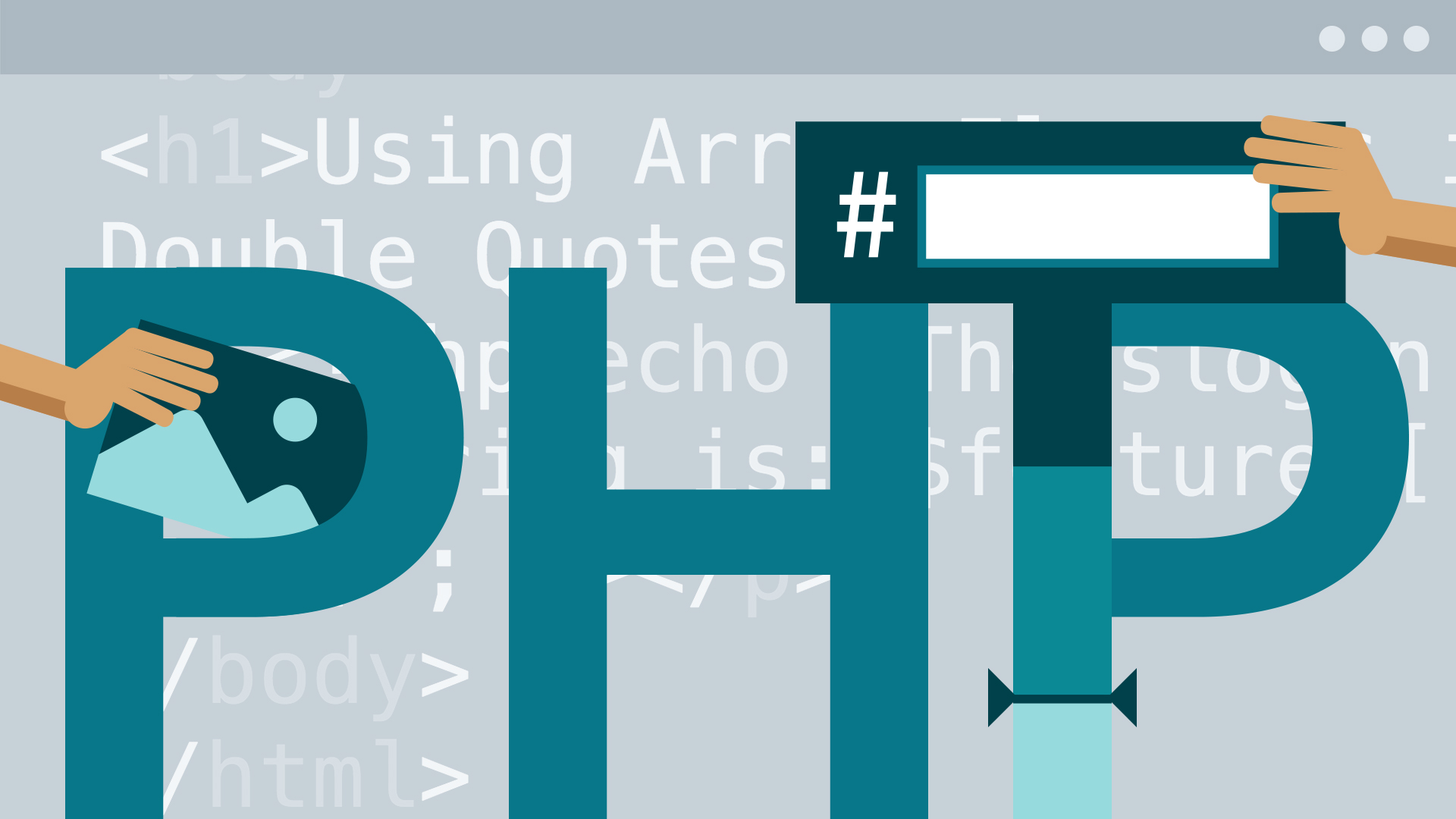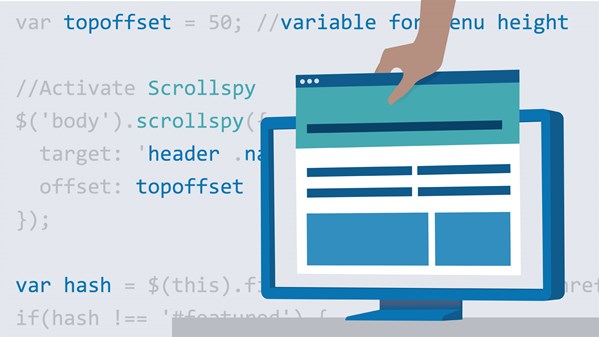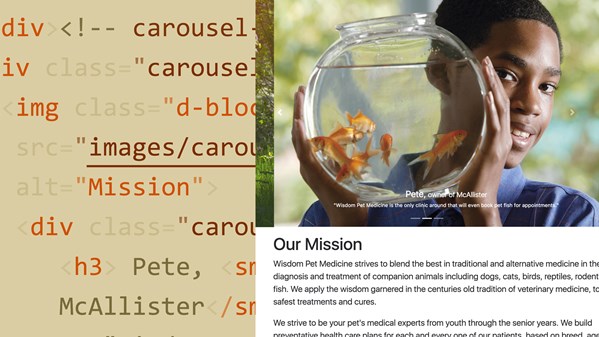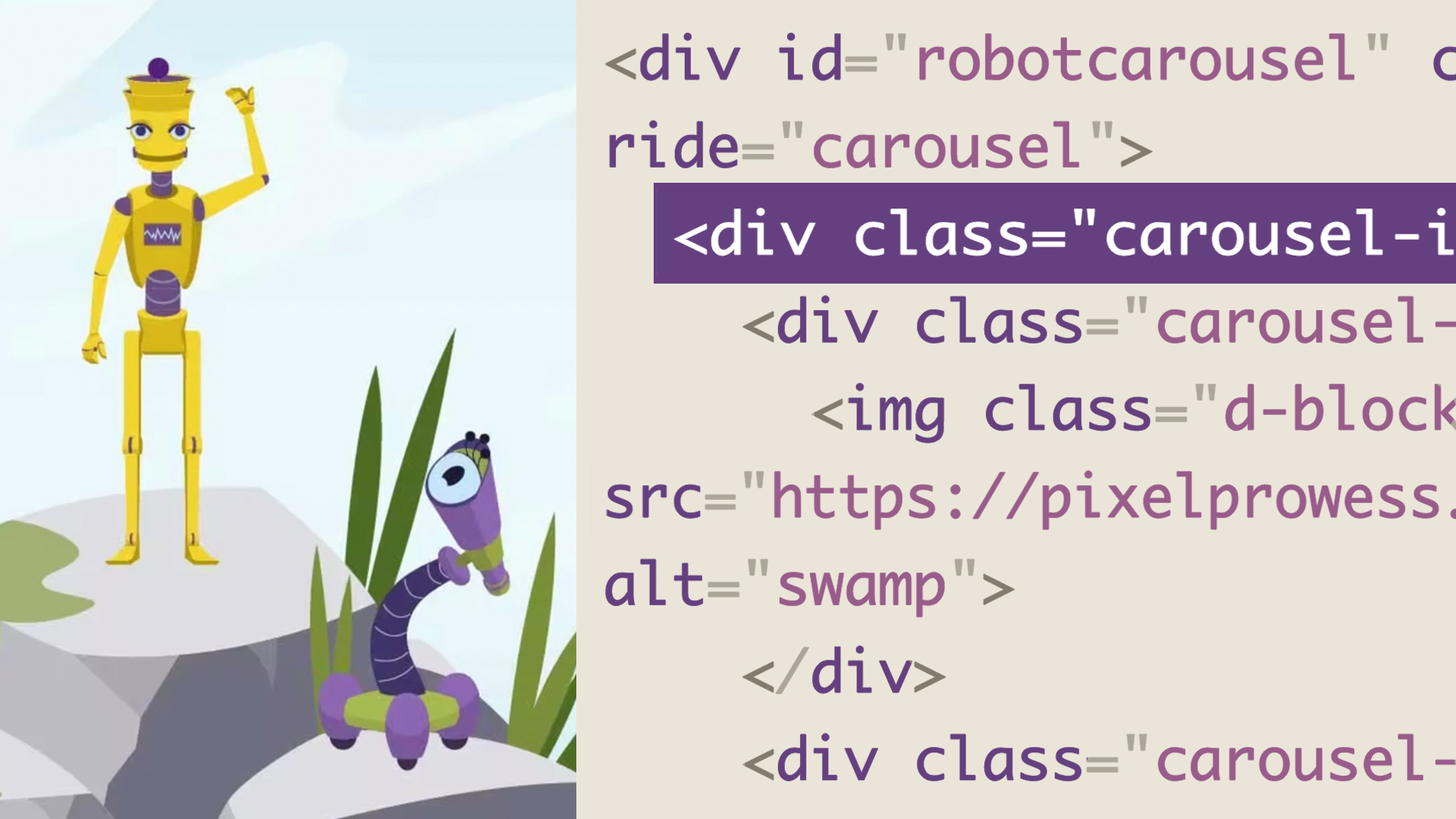
Drupal 8 Essentials is designed to help anyone create a simple website using Drupal, the free web design software that powers personal blogs as well as the sites of some of the world's largest corporations.
Topics include
- Comparing Drupal to other software
- Getting help with Drupal
- Installing Acquia Dev Desktop on Mac and Windows
- Installing the Drupal database, modules, and themes
- Creating basic content
- Establishing your site's look and feel
- Adjusting security settings
- Adding images and metadata
- Adding a sidebar
- Moving your Drupal website to a server
- Backing up a Drupal site
Deze cursus is enkel beschikbaar in het Engels. Als dit voor u geen probleem vormt, dien dan gerust uw aanvraag in.
This course is in French only. If this is not a problem for you, by all means go ahead and apply.



















